From Atoms to Algorithms
My Summer Research Adventure in the World of AI, Chemistry and Materials Informatics
Hey there! It’s been a while, and no, I wasn’t avoiding you. I’ve just been swept up in a whole new world this summer—and yes, I thought about you a lot. Now, let me tell you, I had the incredible opportunity to dive head-first into the world of materials informatics, working on a project that’s just as cool as it sounds: Mapping the Chemical Space of Intermetallic Compounds. And no, I didn’t make that title up just to sound smart—it’s real, and it’s been a whirlwind adventure!
Under the guidance of Prof. Aron Walsh and Anthony Onwuli at Imperial College London, I explored the mysterious realm of intermetallics. These compounds are intriguing and tend to often challenge conventional understanding in chemistry and their complexity makes them difficult to study using traditional methods.
Now, I know what you're thinking: "Ryan, what on earth are intermetallics, and why should we care?" Well, imagine a world where materials are smarter, stronger, and more sustainable. That's the promise of intermetallics, my mission? To learn, understand, and ultimately teach machine learning algorithms to screen these compounds in ways that can allow us to learn more about their nature, and begin realising their potential.
If you’d asked me a few years ago when starting my uni degree whether I’d ever dabble in materials informatics, my answer would’ve been “What’s that?” But fast-forward through some deep dives into research papers, couple late evenings coding, and perhaps one too many coffee breaks with Konstantin and Hyunsoo (super awesome researcher friends of mine at WMD), I’m proud to say that I’ve contributed to SMACT—a software tool that’s helping to unlock the potential of new materials by using a combination of heuristics and models derived from data to rapidly search large areas of chemical space. I even built a couple of classification rules, tweaking algorithms that classify the intermetallics based on their valence electron counts and electronegativity difference.
And yes, I felt a bit like a sorcerer partaking in some alchemy(different but similar to AIChemy), only my wand was a keyboard, and my spells involved regressions and classification tasks.
Humor aside, I learnt so much—about machine learning, research, and, most importantly, how to navigate the beautiful chaos of a scientific project. Reflecting on my UROP journey, I can’t help but draw parallels with a PhD experience (albeit this one being less brutal). While my project focused on solving specific technical problems like developing classification rules for intermetallic compounds, a significant portion of my time was spent identifying which problems were worth tackling in materials informatics, AI, and materials science as a whole. It wasn’t just about coding or building models—it was about refining my problem-solving "taste," something I’m still learning to hone. Understanding which challenges held real value, fit the scope of my personal goals for the future (ahem, I will probably do a PhD), the project at hand, and aligned with the expertise of my supervisors, Prof. Walsh and Anthony Onwuli, became as crucial as solving the problems themselves.
This experience has shown me that working on impactful projects requires not just ambition, but a clear, strategic approach—knowing when to push for innovation and when to pivot to something more feasible. And of course, I loved every chance I had to learn about my colleagues' projects and even collaborate and exchange ideas with them. I now know my way around regression models, classification exercises, presenting my findings at workshops, and, on the side, this project inspired me to learn about neural networks, LLM augmentation, stable diffusion, and algorithm optimisation.
Big shout-out to the AIChemy (yes, that's spelt correctly—they're clearly fans of wordplay) Hub for making this possible. My brain has expanded, my coding skills are sharper, and I’ve gained hands-on experience that feels both cutting-edge and, dare I say, a little futuristic. A special thank you to Prof. Walsh and Anthony for their guidance, support, and patience (sorry about all those "quick questions" that turned into hour-long discussions), and to the entire Walsh Materials Design Group for making me feel appreciated, for all the laughs, and for inspiring me to build impressive tools that can help the world understand a lot more about the materials we encounter on a day-to-day basis and those yet to come. It has been a privilege to be part of the team.
Btw it wasn't all serious business. We still made sure to have fun while we were at it, we even started a run club 👀🥳 :

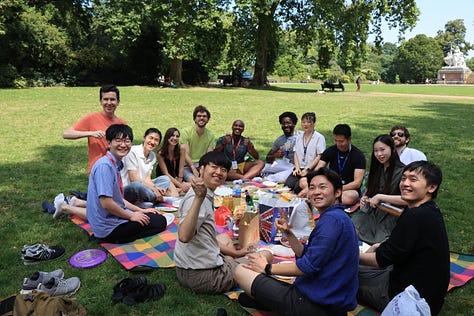
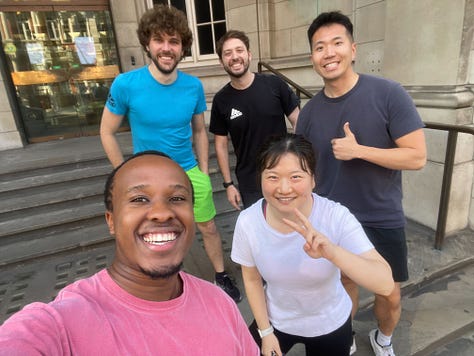
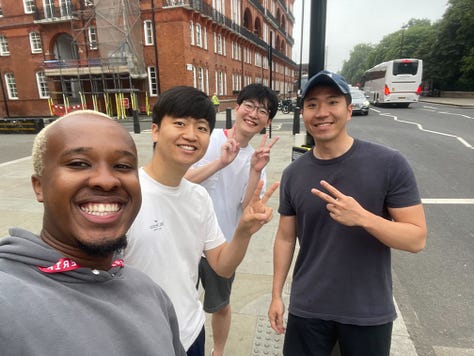

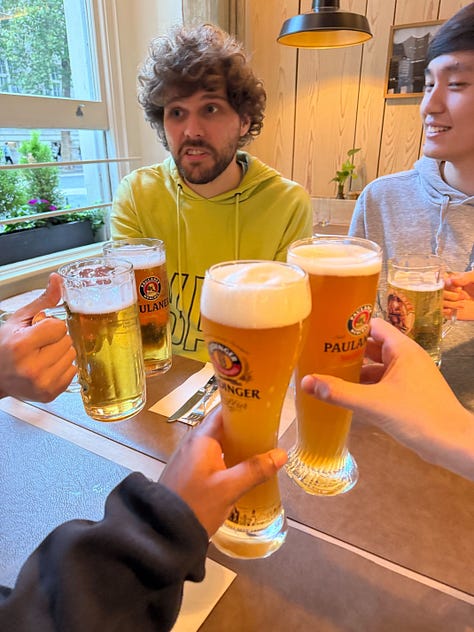
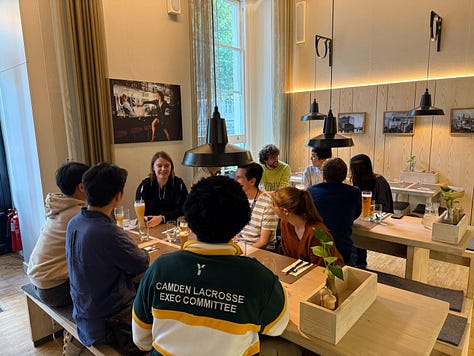
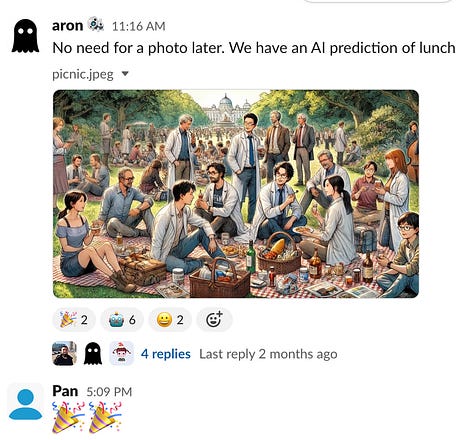
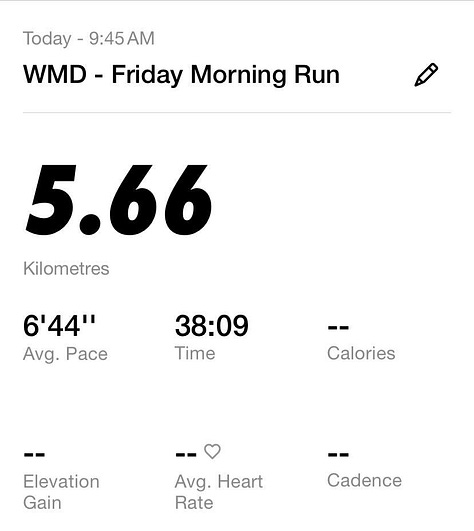
As I wrap up this little adventure of mine, I can't help but feel incredibly grateful. So because I’m hoping this blog post might have inspired you to do a UROP or take part in some form of research experience, I am going to leave this link here that can help you get started on seeking a UROP/research experience, of course, tune it to match the processes at your university but the underlying principles are the same, hope this helps:
Until next time, keep exploring!
Ryan 🔬🤖✨
ps. I promise to try upload a new post every week (that might be a lie :0 ) - see you soon



